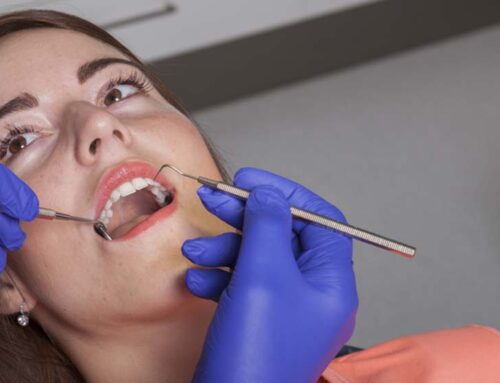Although tooth and gum diseases are among the most important health problems, people do not give enough importance. Tooth decay is one of the problems that threaten oral and dental health.
Causes of tooth decay
Plaque, a sticky film of bacteria, constantly forms on your teeth. When you eat or drink foods containing sugars, the bacteria in plaque produce acids that attack tooth enamel over time the enamel can break down. This is when cavities can form. Decay may spread to the inner layer of the tooth over time. Sugary and acidic foods accelerate decay.
Stages of tooth decay
The first stage of tooth decay begins when chalky white areas on the surface of the tooth. At this phase, tooth decay might still be reversible with fluoride and minerals in saliva. It can also be prevented by brushing with fluoride toothpaste, using mouthwash and flossing.
But if the decay continues, the enamel starts breaking underneath the tooth’s surface. At this stage, the dentist should clean the decayed area and fill the space. If left untreated, bacteria and acids will continue to dissolve the enamel and the lesion risks reaching the dentin. After this stage, if the pulp of a tooth gets infected with bacteria, it kills the blood vessels and nerves in the tooth.
Tooth decay prevention
First of all, it is important not to consume more sugary and acid foods. Snacks also increase the acid formation accelerates the decay. Chewing sugar-free gum and drinking plenty of water after meals increases the amount of saliva. Brush your teeth at least twice a day with fluoride-containing toothpaste and clean between your teeth daily with dental floss. Some rinses also have antiseptic ingredients to help kill bacteria that cause plaque. Visit your dentist on a regular basis twice a year. In these visits, you will take the most important step to maintain your dental health for a long time by cleaning your teeth.







Leave A Comment